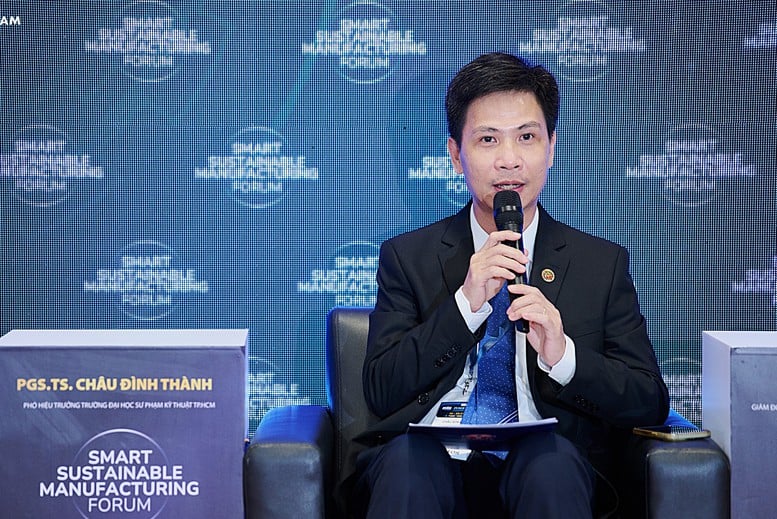
Mr. Chau Dinh Thanh - Vice Principal of Ho Chi Minh City University of Technical Education shared at the Sustainable Smart Manufacturing Forum organized by Vietnam Industrial Park Information Portal.
Sharing with the Government Electronic Information Portal at the Smart - Sustainable Production Forum, organized by the Vietnam Industrial Park Information Portal - VIZ, Mr. Huynh Bao Duc, General Director of Hiep Phuoc Industrial Park, said that the human resources department of the Industrial Park has acted as a coordination center, grasping the needs of each factory regarding job positions and types of labor to proactively connect with appropriate training schools.
Since 2016, Hiep Phuoc Industrial Park has transformed from only providing infrastructure to providing comprehensive "human resource services" for businesses.
"Right from the planning of the industrial park, we have clearly defined the industry orientation to attract investment," Mr. Duc shared. From that basis, the industrial park has proactively signed memorandums of understanding (MOUs) with many universities, colleges, and vocational schools to implement training cooperation programs close to production reality.
According to Mr. Duc, human resource connection activities at Hiep Phuoc Industrial Park take place in two directions. The first is oriented connection through established MOUs, creating a foundation for long-term training coordination. The second is flexible connection according to arising needs - when businesses have specific requests, the Management Board will activate the existing system to respond quickly.
"Recruitment requests from businesses are essentially just a specific part of a pre-prepared overall strategy, so connections are always quick and effective," Mr. Duc emphasized.
The highlight of the Hiep Phuoc model is the ability to receive students for internships and visits while the business still operates normally. Businesses all arrange reasonable processes, allowing students to observe and learn without affecting business efficiency.
"Students not only get to access the real production environment, modern technology such as robots, automated production lines, but also see the entire product creation process," Mr. Duc described. Many students after visiting and interning shared their desire to work here after graduation.
With a total planning area of up to 1,600 hectares, Hiep Phuoc Industrial Park is the largest industrial park in Ho Chi Minh City. Currently, phase 1 is 95% full, phase 2 is about 30% full, phase 3 is in the process of compensation and clearance. "Universities also have the right when they need a place for students to practice, so that the training program is linked to production practice. Hiep Phuoc Industrial Park is a real 'open classroom' in the middle of economic life," said Mr. Duc.
However, this model also faces many challenges. Mr. Duc frankly admitted that although there are connections, they still lack depth. "Over the years, we have proactively signed cooperation agreements with many prestigious universities and colleges, but the actual level of connection is still limited, and many schools have not proactively developed detailed plans to implement cooperation content."
Another major challenge is the geographical location. Hiep Phuoc Industrial Park is located in Nha Be District - a suburban area of Ho Chi Minh City, causing some workers to consider the distance, travel time and living costs. The implementation of joint activities still depends mainly on the efforts of HIPC, while universities have many other options for businesses to cooperate with.
"The lack of coordination leads to low efficiency. Although some programs have been successfully implemented, the overall annual results have not met expectations due to the lack of a long-term, unified plan between the two sides," Mr. Duc shared.
To improve efficiency, Mr. Duc said that the Industrial Park is building a mechanism to periodically work with each school that has signed an MOU to review the content of cooperation. At the same time, it is increasing the sharing of data on timely recruitment needs for schools regarding industry needs and job positions.
In particular, the Industrial Park is proposing a "training order" model - HIPC will be the focal point to propose schools to organize separate training classes according to the requirements of businesses, thereby increasing the possibility of students returning to work after internship.
Although there are no specific statistics on the rate of students returning to work at industrial parks after their internship, according to Mr. Duc, in reality there have been many cases of students staying long-term with the businesses where they studied, showing the clear effectiveness of this model.
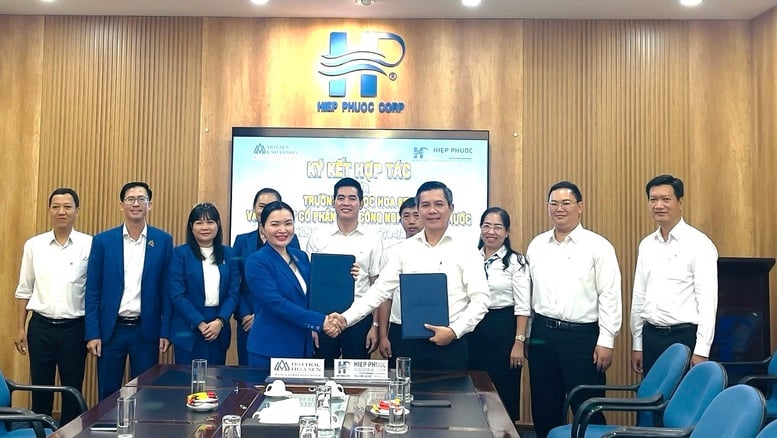
Hiep Phuoc Industrial Park has signed dozens of MOUs with universities to jointly improve the quality of production human resources according to the needs of enterprises.
Perspective from training institutions: research needs to be brought to life
As Executive Chairman of the Smart Sustainable Manufacturing Forum 2025, Mr. Chau Dinh Thanh (Vice Principal of Ho Chi Minh City University of Technical Education) brought a strategic perspective from the training institutions.
Regarding strategy, Mr. Thanh affirmed that the top priority of universities is not only to train high-quality human resources to meet the increasingly demanding needs of businesses, but also to be research centers, technology transfer centers and strategic partners to help businesses implement transformation in a systematic, in-depth and sustainable manner.
"We do not maintain the same training program framework for many years. Continuously updating the program and training content to suit the development and needs of society, along with the direct participation of businesses in the training process, is a key factor, helping students approach practical production right from when they are still in school," Mr. Thanh shared.
In terms of action , the school has proactively invited businesses to participate in the program development council, invested heavily in experimental and practical equipment, and received sponsorship for equipment and actual production lines from businesses to make a pilot model. According to Mr. Thanh, this connection helps students graduate not only with knowledge but also immediately meet recruitment needs.
However, the school also has its own concerns and challenges. One of them is how to bring scientific research topics into production life. "In the university, there are many lecturers who are conducting research topics and developing new technologies. But in order for those studies not to be 'put in the closet', we really hope that businesses will proactively approach and order practical 'topics'. In return, the school will also actively introduce its research products," Mr. Thanh called.
The solution is called "Three houses"
The frank sharing from Mr. Huynh Bao Duc and Mr. Chau Dinh Thanh at the Sustainable Smart Manufacturing Forum showed a clear reality: The single efforts of industrial parks or schools cannot completely solve the human resource problem. The challenges that one side faces are the bottlenecks of the other side, and vice versa.
This affirms the need to form and operate a substantial "Three-house" linkage model including State - School - Enterprise.
In this, the state plays a role in creating favorable policies and environments. These include policies supporting transport infrastructure connecting industrial zones, financial incentive mechanisms for deep cooperation projects between schools and businesses, and building a legal framework to recognize practical training models.
Schools need to truly see businesses as customers and strategic partners. They need to increase autonomy and flexibility in updating programs, promote applied research, and proactively "offer" technology solutions to businesses.
Finally, businesses, here many Industrial Parks, also need to change their mindset, should see training as a strategic investment rather than a cost. Therefore, businesses need to be more proactive in ordering training, participating in giving opinions on program development, and creating the best conditions for student internships.
Mr. Chau Dinh Thanh commented: "Only when there is effective connection and cooperation between the 'three houses' can we truly achieve a comprehensive transformation, from the traditional production model to a smart, sustainable production model with international competitiveness."
Because successfully solving the human resource bottleneck will not only help industrial parks fill vacant land, but will also create a strategic driving force, enhance national competitiveness, help Vietnam confidently welcome the wave of high-tech investment and move deeper into the global value chain.
SKIN
Source: https://baochinhphu.vn/nut-that-nhan-luc-cong-nghe-cao-trong-cac-khu-cong-nghiep-va-loi-giai-tu-mo-hinh-ba-nha-102250730105400682.htm


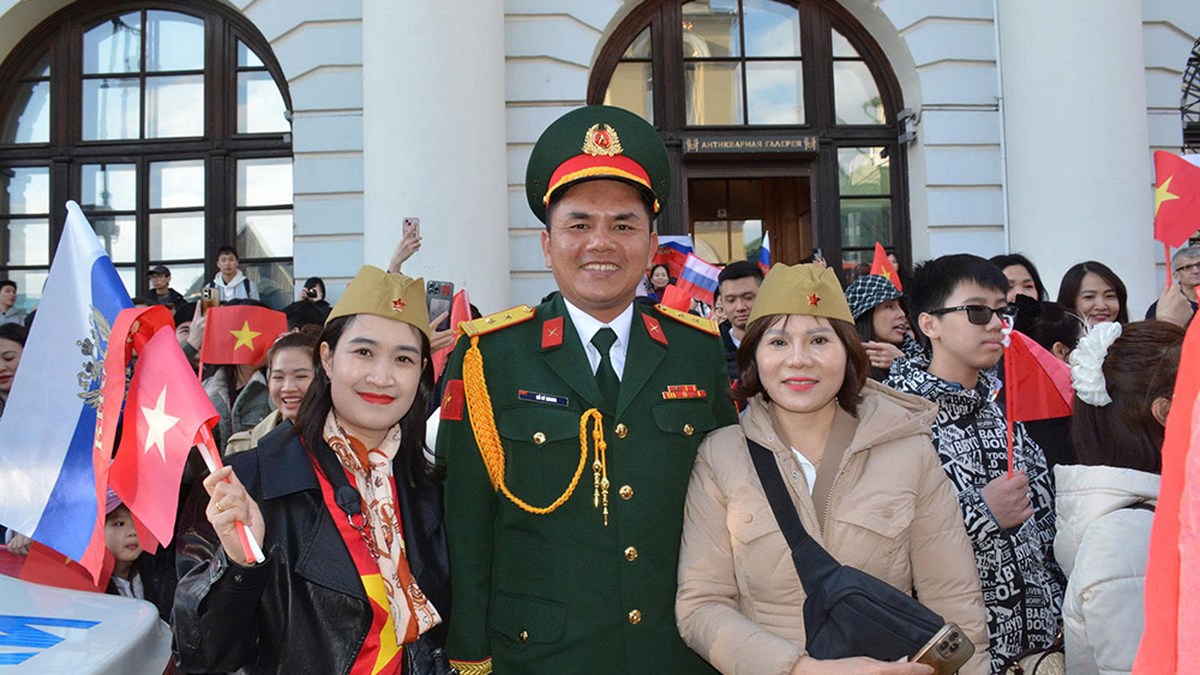
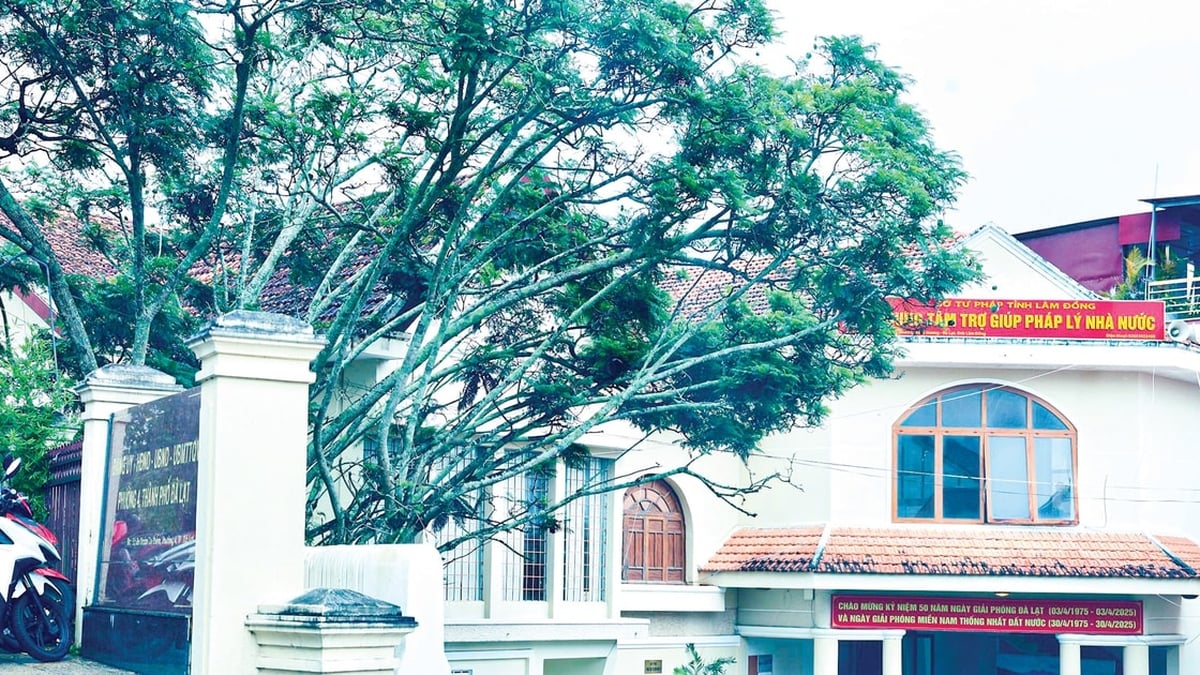
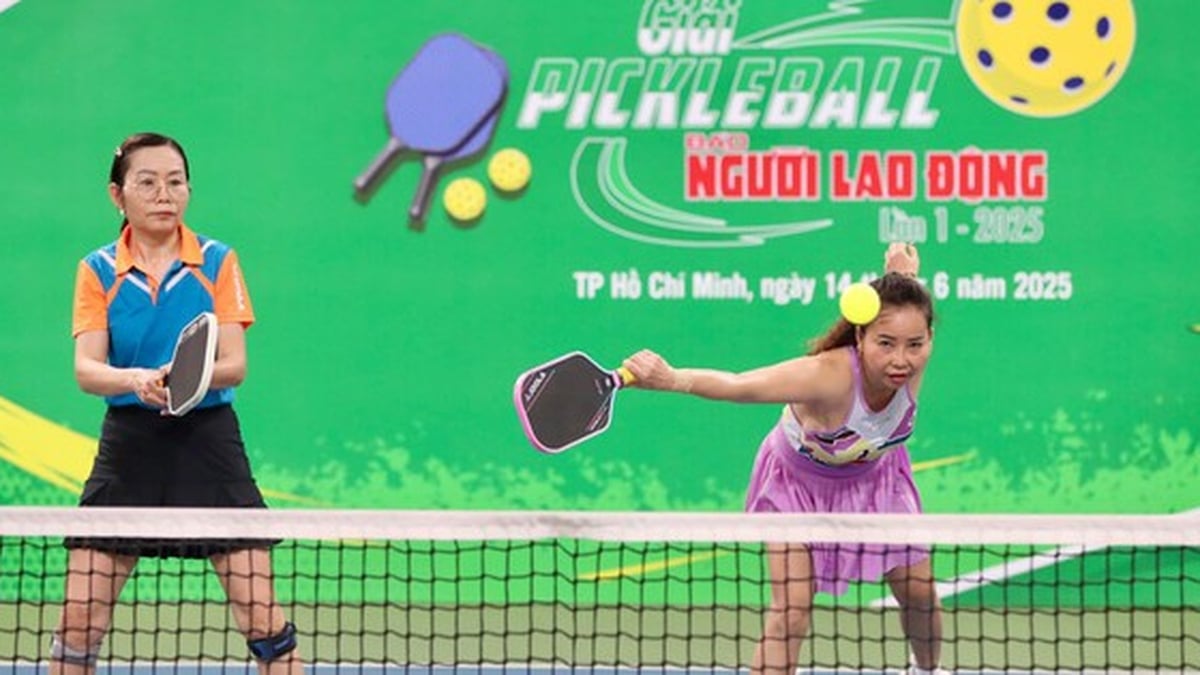

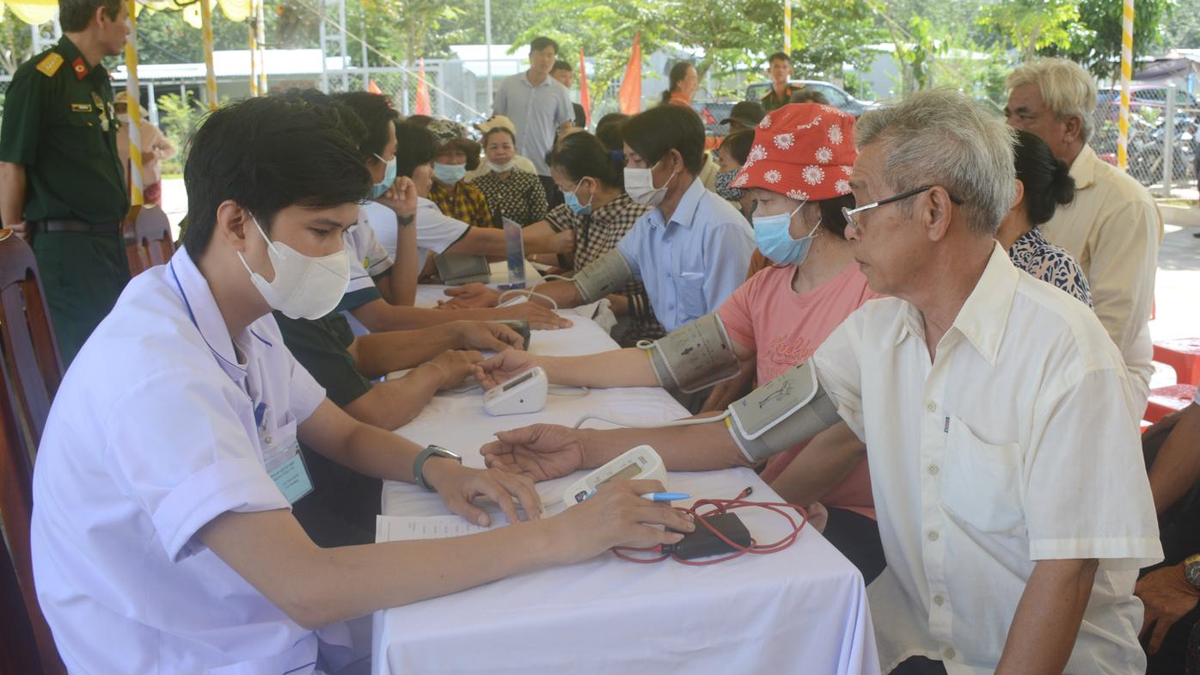
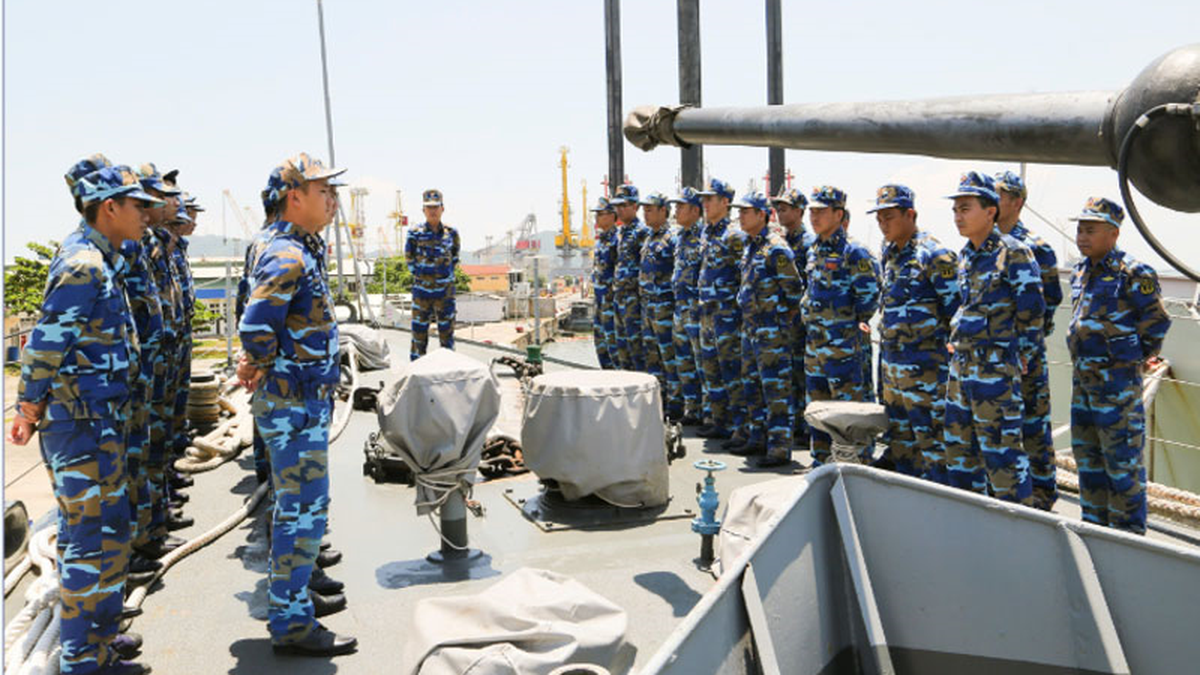
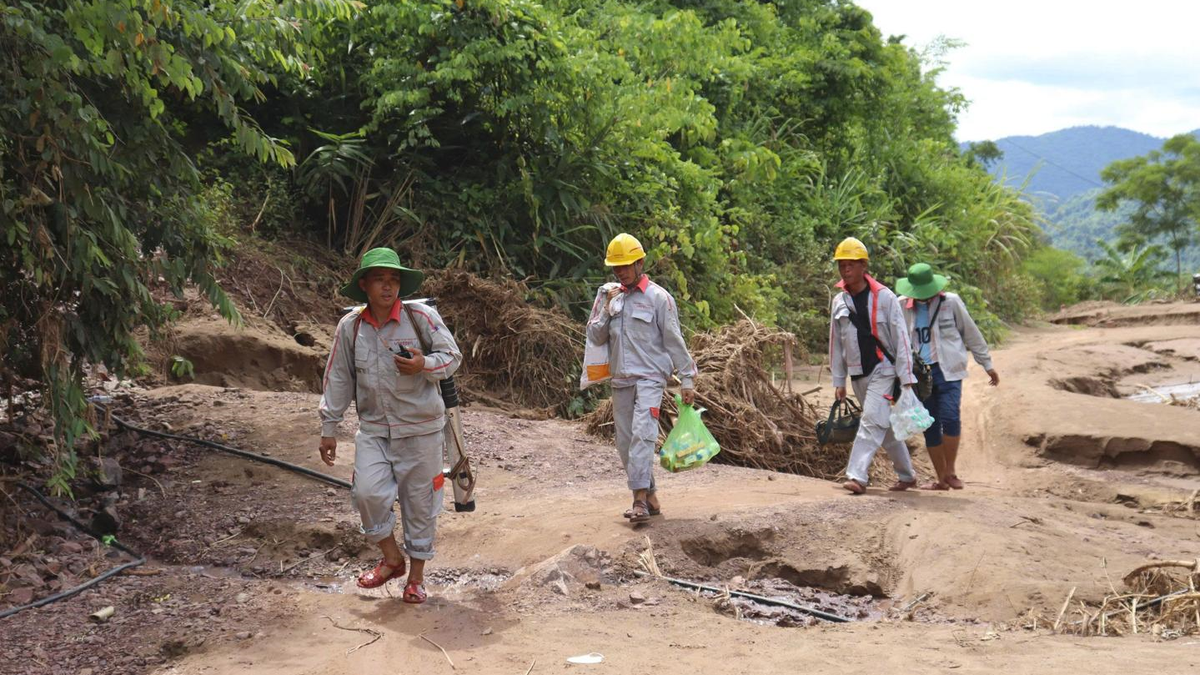
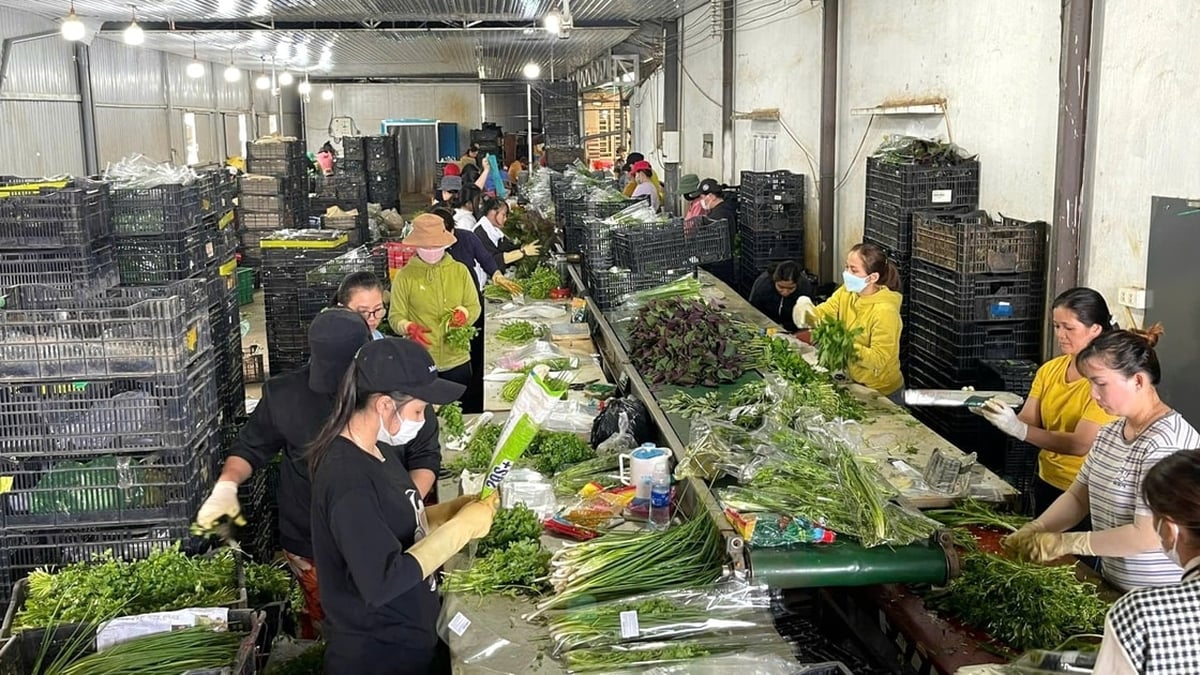
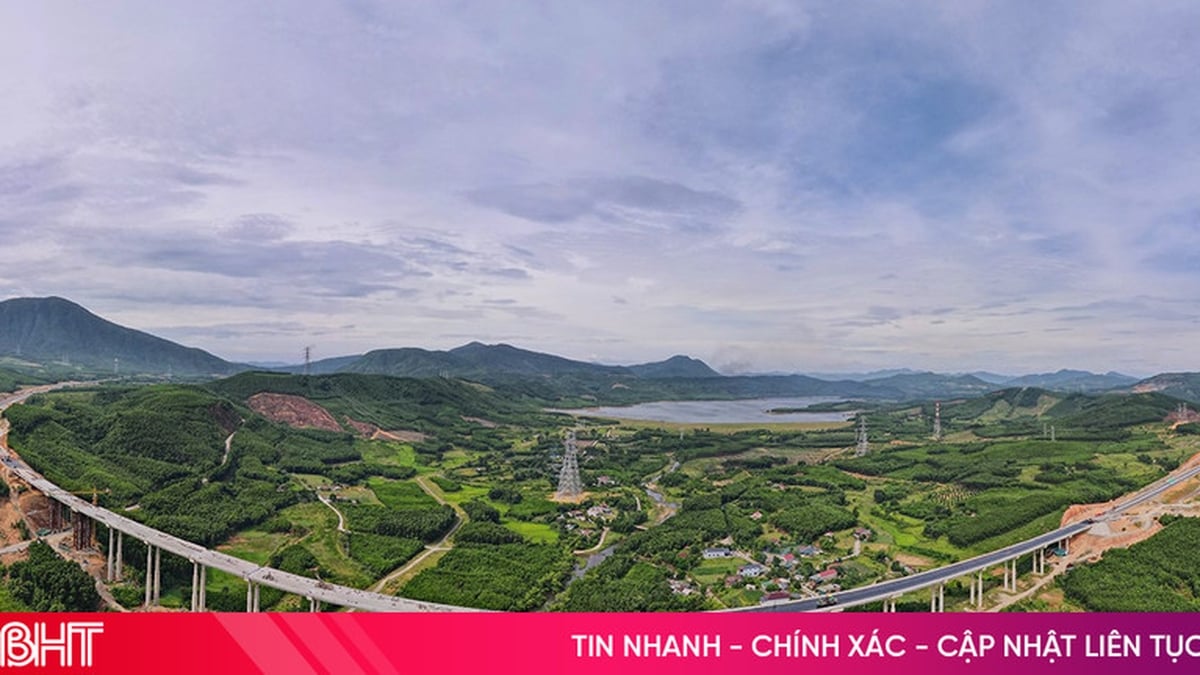
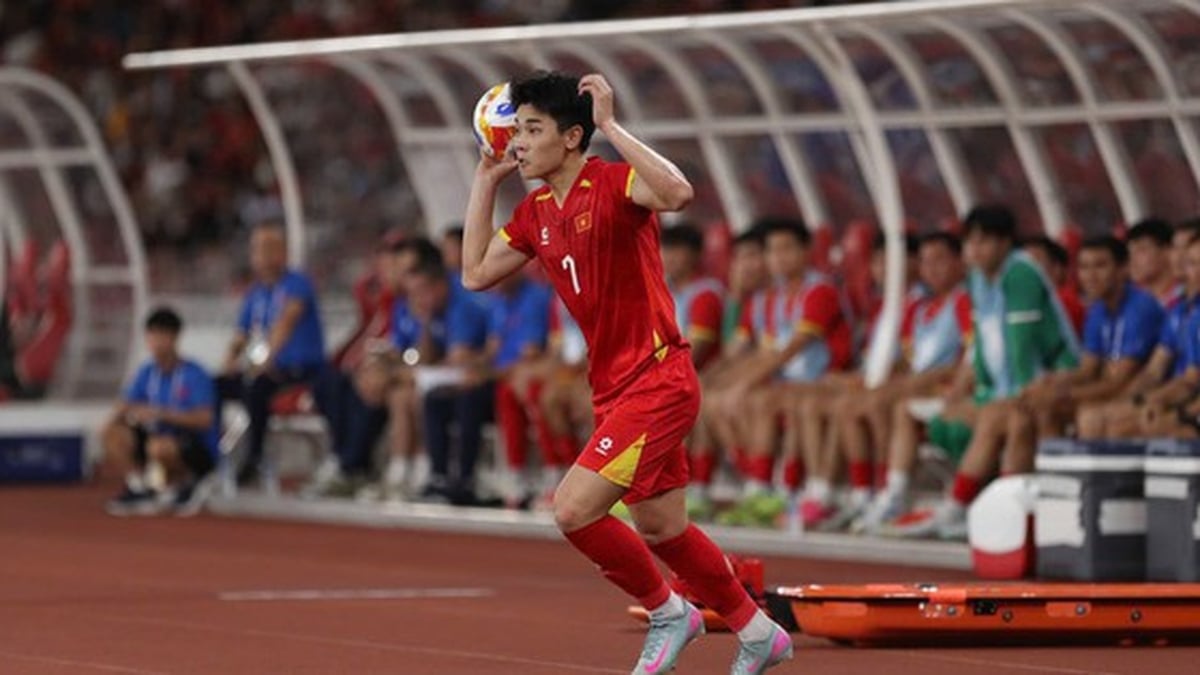




























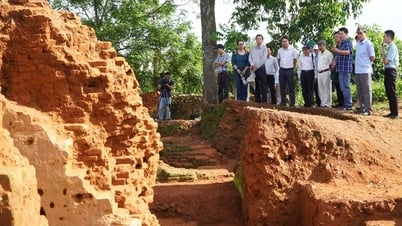





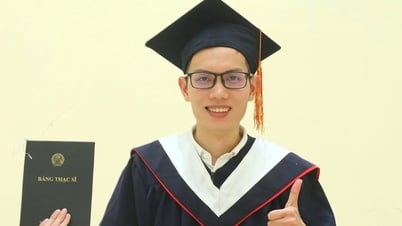
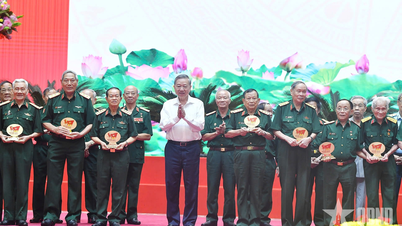







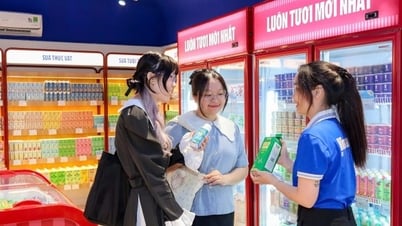
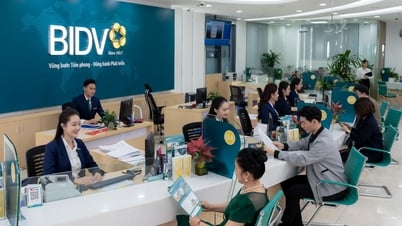



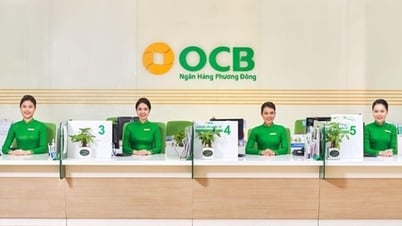




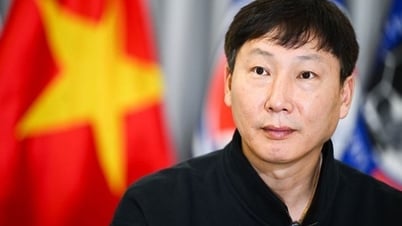



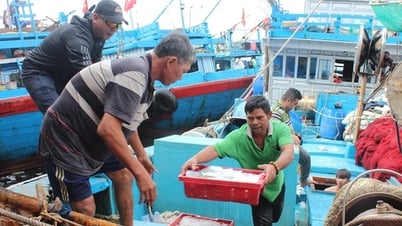



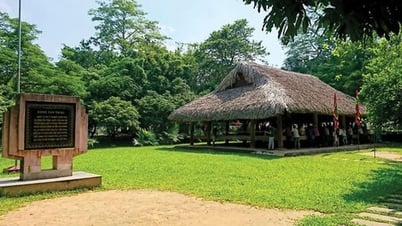


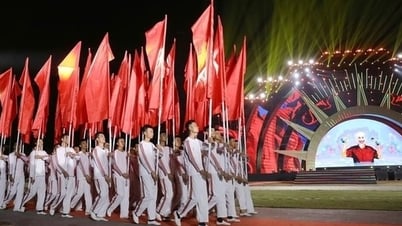



















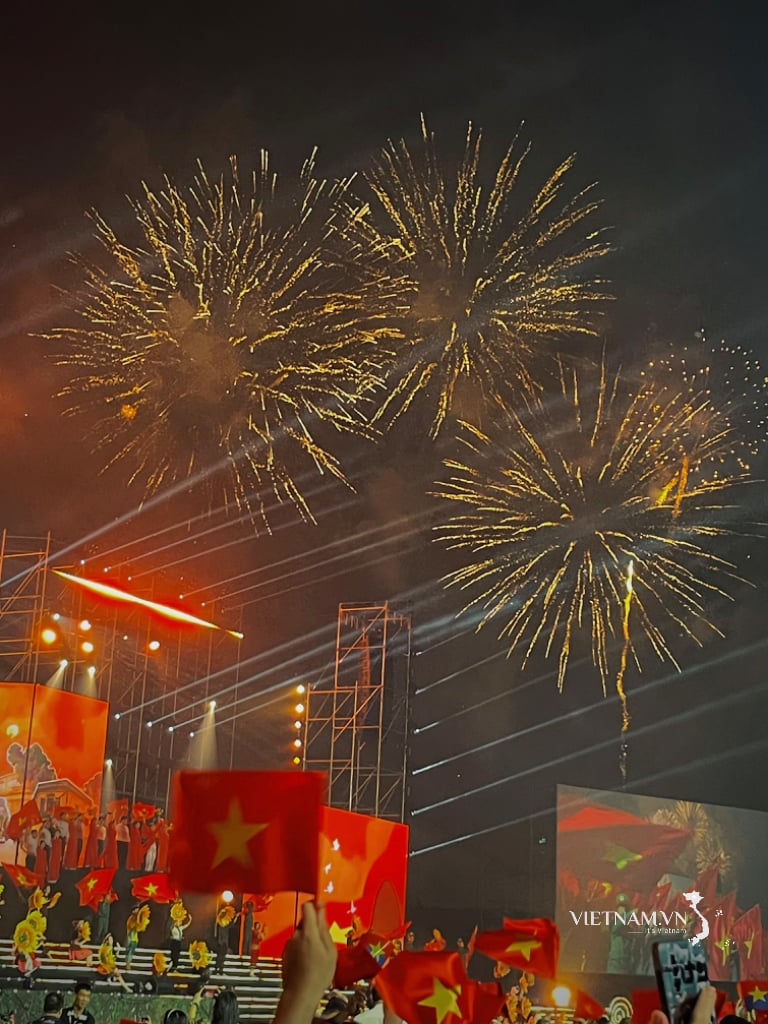

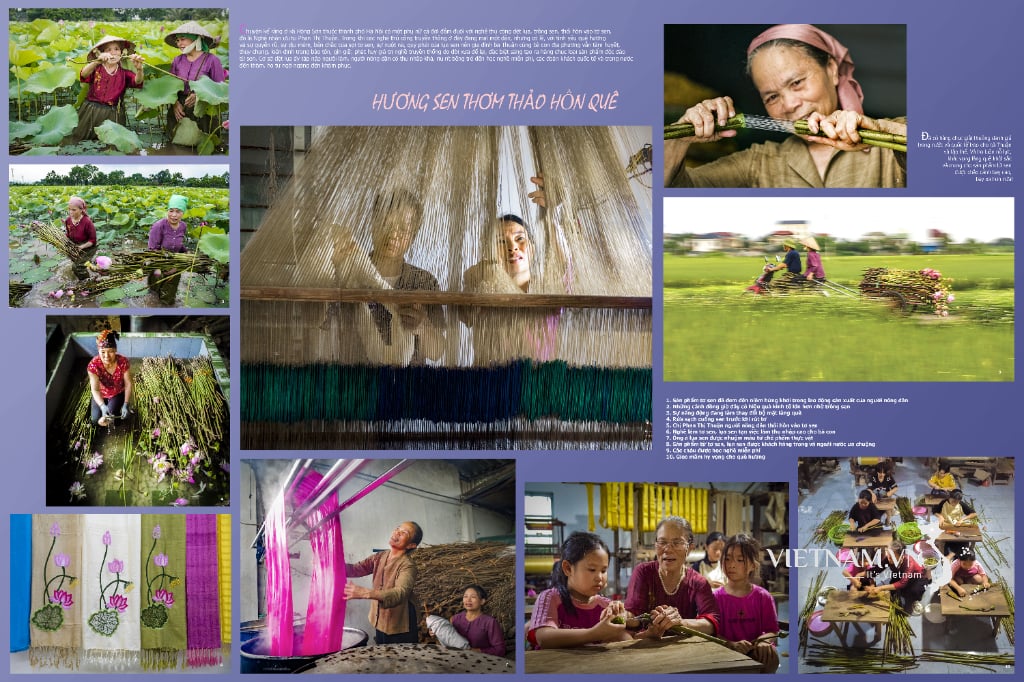
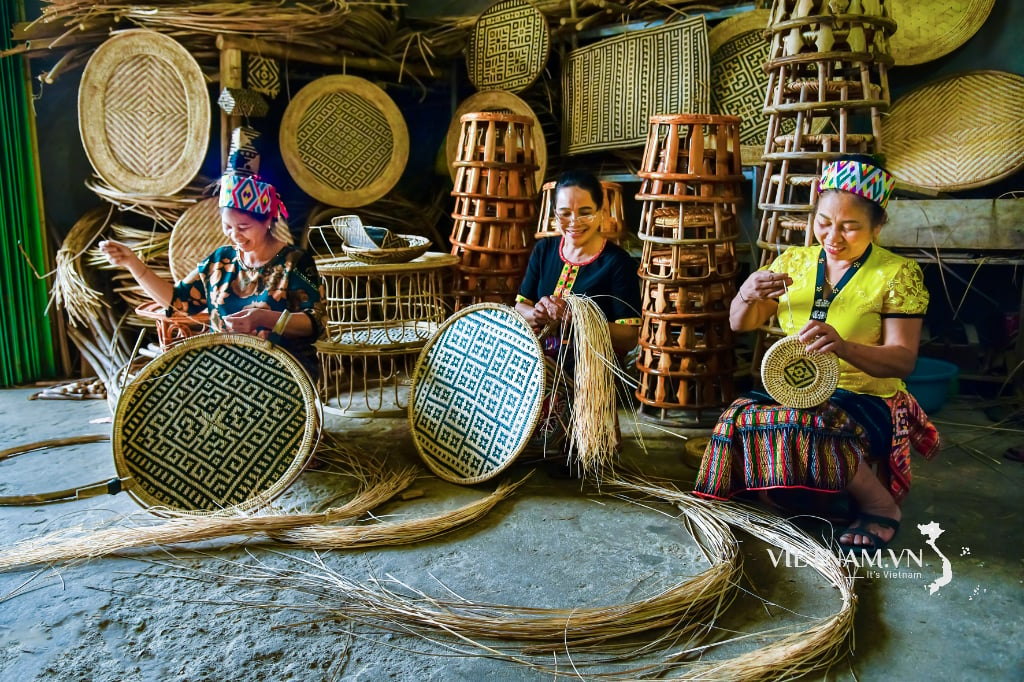
Comment (0)